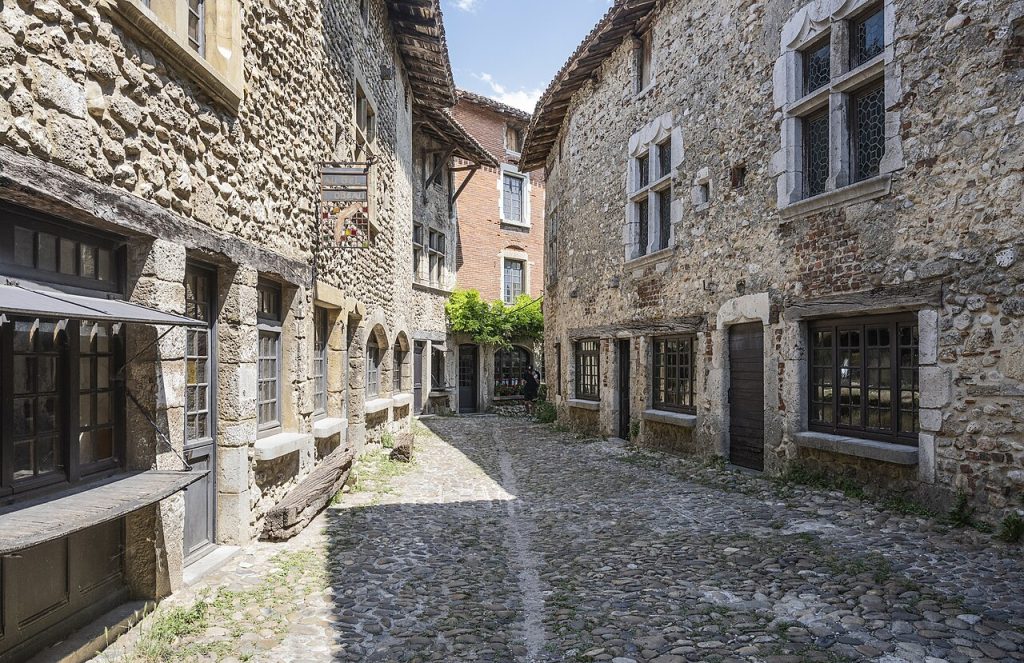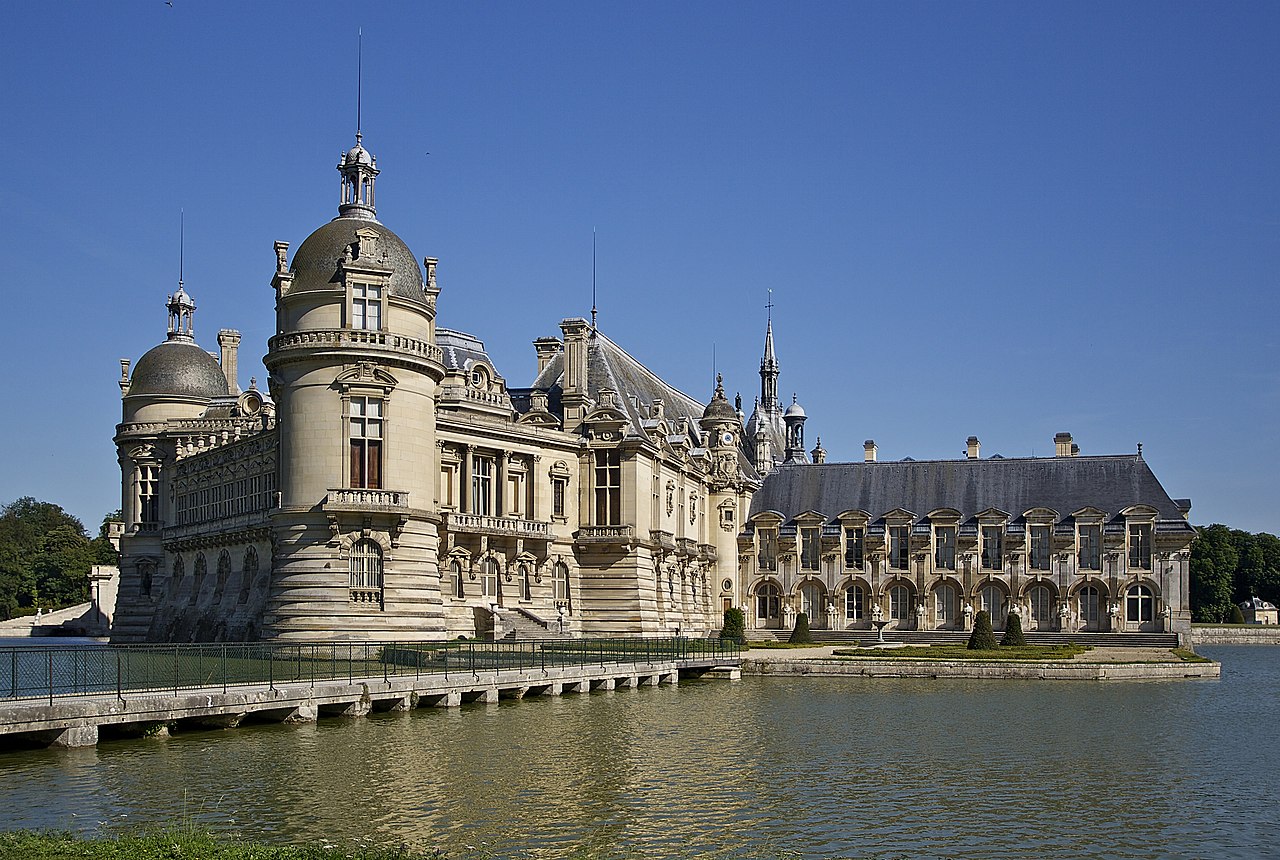Hidden France is where the country reveals its quiet magic, far from the crowds and clichés. These are the places where time slows down, locals wave to strangers, and the best restaurant in town might be a converted barn run by a grandmother with a handwritten menu. Beyond Paris and Provence lies a world of forgotten villages, secret beaches, wild valleys, and little-known wonders that are rich in character and light on tour buses.
In Hidden France, you’ll wander cobbled lanes in medieval towns that haven’t changed in centuries. You’ll taste wines in family-run vineyards with no signs out front, hike to mountaintop ruins that aren’t on Instagram yet, and find yourself in cafés where no one speaks English but everyone wants to help. It’s these places that make travel in France feel real, unexpected, and deeply human.
This guide collects ten unforgettable destinations that most tourists miss. Some are tucked-away towns with unique architecture and local pride. Others are pockets of raw nature where silence is the loudest sound. What unites them all is their authenticity. They are places where you’ll feel like a traveler, not a tourist.
So if you’ve already seen the Eiffel Tower, or maybe just want to skip the lines altogether, Hidden France is waiting. These are the places the French escape to. And once you’ve been, you’ll understand why they keep them a secret.

© Cayambe, licensed under the Creative Commons Attribution-Share Alike 4.0 International license
1. Pérouges – A Medieval Village Frozen in Time
Step into a movie set. Actually, it’s real. Pérouges, a hilltop village near Lyon, is one of the best-preserved medieval towns in France. Stone houses, winding alleys, and ivy-covered walls make it feel like the 1400s never left. Locals still bake galette de Pérouges, a sugar-topped flatbread that’s reason enough to visit. With no chain stores and minimal traffic, it’s an ideal place to wander slowly and soak up quiet charm.
- Location: Ain, Auvergne-Rhône-Alpes (35 km from Lyon)
- Admission Fee: Free
- Opening Hours: Open year-round
- Family-Friendly: Yes
- Insider Tips:
- Try the galette warm with a glass of local Cerdon rosé.
- Avoid peak weekends for a more peaceful stroll, come midweek.
- Explore just after sunset. The streets are softly lit and nearly empty.
2. The Ochre Trail of Roussillon – A Walk Through Color
Tucked in the Luberon, Roussillon is a small Provençal village famous for its red, orange, and gold cliffs. This colorful palette comes from ancient ochre quarries that once powered France’s pigment trade. Today, you can walk the Sentier des Ocres, a short trail through rainbow rock formations and pine forests. The town itself is dreamy too, with art galleries, cafés, and panoramic views.
- Location: Vaucluse, Provence-Alpes-Côte d’Azur
- Admission Fee: €3 adult / €1.50 child for trail access
- Opening Hours: Daily, 9:30am–6:30pm (April–October)
- Family-Friendly: Yes
- Insider Tips:
- Wear old shoes, the ochre dust stains!
- Visit early or late in the day for softer light on the cliffs.
- Pair your trip with a stop at Rustrel’s Colorado Provençal nearby: fewer visitors, same surreal beauty.
3. Salers – Cheese, Cows, and Quiet Majesty
High in the Cantal mountains, the village of Salers is a stone-built jewel with red-tinted buildings, turreted houses, and sweeping pastoral views. It’s famous for its Salers cheese and the shaggy, cinnamon-colored cows that produce the milk. Come for the slow pace, the robust food, and the scenery: green valleys under big skies. It’s France, untouched.
- Location: Cantal, Auvergne
- Admission Fee: Free
- Opening Hours: Always open (seasonal restaurants/shops)
- Family-Friendly: Yes
- Insider Tips:
- Visit in late spring to see baby calves and blooming pastures.
- Taste Salers Tradition cheese. It’s only made in summer, in mountain huts.
- Bring a car. Public transport is limited, and the scenic drives are stunning.
4. Abbaye de Sénanque – Lavender and Stone
This 12th-century Cistercian abbey hidden in a Provençal valley feels almost unreal. Surrounded by purple lavender fields each summer, the Abbaye de Sénanque is still home to silent monks who welcome respectful visitors. Its Romanesque architecture, simplicity, and harmony with nature make it one of the most peaceful places in France. It’s surprisingly easy to miss.
- Location: Near Gordes, Vaucluse, Provence
- Admission Fee: €9 adult / €5 child for guided visit
- Opening Hours: Daily, 9am–6:30pm (shorter hours in winter)
- Family-Friendly: Yes (quiet spaces)
- Insider Tips:
- Mid-June to mid-July is peak lavender bloom. Book ahead.
- No photos inside during mass. Monks still live here.
- Pair with Gordes and Village des Bories nearby for a full hidden Provençal day.
5. Cap Fréhel – Windswept Cliffs and Wild Moors
While tourists flock to Mont-Saint-Michel, head just a little west and you’ll find the cliffs of Cap Fréhel, a dramatic stretch of Brittany coastline that feels like the edge of the world. The sea crashes below, seabirds wheel overhead, and walking paths wind through heathland dotted with wildflowers. The 17th-century lighthouse is open for climbs, offering views all the way to the Channel Islands on a clear day.
- Location: Côtes-d’Armor, Brittany
- Admission Fee: Cliffs free / Lighthouse €3
- Opening Hours: Open year-round / Lighthouse Apr–Sep, 10am–6:30pm
- Family-Friendly: Yes (watch cliff edges with small kids)
- Insider Tips:
- Bring a windbreaker. Even summer can be breezy.
- Combine with a visit to Fort La Latte, a medieval castle nearby.
- Best time? Late afternoon: golden light and fewer people.
6. Vallée de la Clarée – Untouched Alpine Paradise
If you dream of pristine mountain meadows, wooden chalets, and hiking paths with barely a soul in sight, head to the Clarée Valley. Tucked between Briançon and the Italian border, this remote corner of the Alps is protected from overdevelopment and mass tourism. The landscapes are postcard-perfect: larch forests, high-altitude lakes, and flower-dotted pastures in summer. In winter, it transforms into a snowshoeing and cross-country skiing haven.
- Location: Hautes-Alpes, Provence-Alpes-Côte d’Azur
- Admission Fee: Free
- Opening Hours: Open year-round (access by shuttle in summer)
- Family-Friendly: Yes
- Insider Tips:
- Cars are restricted in summer. Take the eco-shuttle from Névache.
- Try the hike to Lac Laramon, not too hard, and the views are unforgettable.
- Bring picnic supplies. Many trails have rustic wooden tables near creeks.
7. Saint-Cirq-Lapopie – Clifftop Charm Over the Lot River
Perched dramatically on a cliff above the Lot River, Saint-Cirq-Lapopie is often called one of France’s most beautiful villages, yet it remains blissfully uncrowded outside of July and August. Artists and poets have long been drawn here, and today visitors find steep cobbled alleys, ivy-draped stone houses, and dreamy river views around every turn.
- Location: Lot, Occitanie
- Admission Fee: Free
- Opening Hours: Open year-round
- Family-Friendly: Yes (though hilly streets can be tiring for small children)
- Insider Tips:
- Park below the village and walk up through the forest path. It’s less busy than the main road.
- Visit in spring or September for perfect light and fewer tourists.
- Stop by Maison Daura, a former artist’s residence turned gallery.
8. Île de Groix – Brittany’s Wild Island
Off the coast of Lorient lies Île de Groix, a rugged island full of windblown cliffs, tiny harbors, and secluded beaches with striped sand. Unlike its glitzier cousin Belle-Île, Groix is simple and slow. Rent a bike, follow the coastal trail, eat fresh langoustines in the harbor, and watch the tides shift. It’s the kind of place where doing nothing feels like doing everything.
- Location: Off Lorient, Brittany
- Admission Fee: Ferry ~€30 round trip from Lorient
- Opening Hours: Open year-round (best in spring–autumn)
- Family-Friendly: Yes
- Insider Tips:
- Visit Plage des Sables Rouges, one of Europe’s few red-sand beaches.
- The ecomuseum offers fascinating insights into island life and fishing traditions.
- Avoid peak August if you want real quiet, early summer is ideal.
9. Albi – Toulouse-Lautrec and a Red Brick Cathedral
Albi sits quietly on the Tarn River with its massive brick cathedral dominating the skyline. Often overlooked in favor of Toulouse, this UNESCO-listed town surprises many with its medieval charm, rose-hued buildings, and cultural depth. It’s also the birthplace of Henri de Toulouse-Lautrec, and the museum inside his family’s palace is the world’s largest collection of his art.
- Location: Tarn, Occitanie
- Admission Fee: Cathedral free / Museum €10
- Opening Hours: Most sites open Tues–Sun, 10am–6pm
- Family-Friendly: Yes
- Insider Tips:
- Don’t miss the choir stalls and frescoes inside the cathedral. It’s unlike anything else in France.
- Eat at a riverfront terrace for views of the old stone bridge.
- Stop at Cordes-sur-Ciel nearby, a hilltop stunner, perfect for a half-day add-on.
10. Château de Brézé – The Castle Below the Castle
While the Loire Valley is packed with châteaux, few know about Brézé, a Renaissance castle built over an enormous underground fortress. Its dry moat is one of the deepest in Europe, and beneath the main house lies a network of carved tunnels, stables, bakeries, and secret escape routes. The above-ground château is elegant, but it’s the hidden world beneath that steals the show.
- Location: Maine-et-Loire, Loire Valley
- Admission Fee: €11 adult / €6 child
- Opening Hours: Daily, 10am–6pm (Mar–Nov)
- Family-Friendly: Yes
- Insider Tips:
- Wear sturdy shoes. The underground tunnels are cool and damp.
- Ask for the bilingual scavenger hunt for kids. It makes the visit more fun.
- Combine with Saumur nearby for a wine tasting and river walk.
